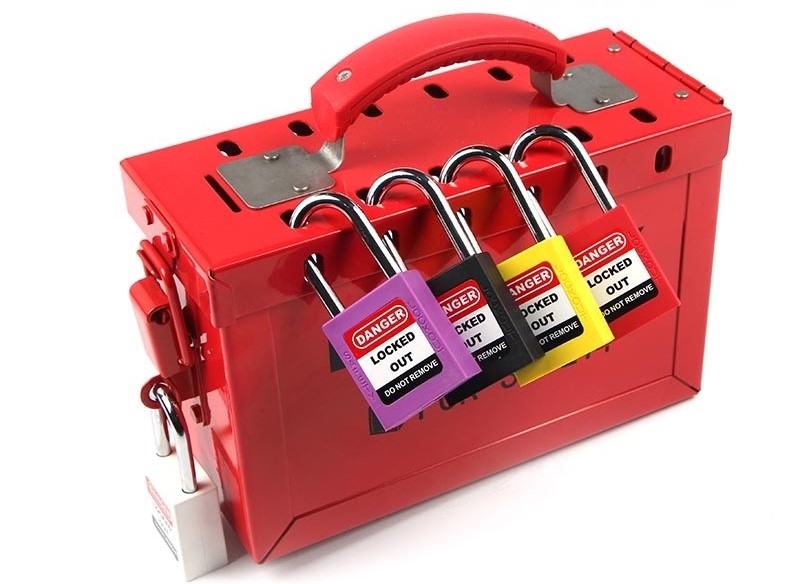Isolations: A Personal Perspective
An isolation procedure is at the core of any permit to work system, requiring rigorous application and an intolerance of abuse. I am not a fan of isolation systems which solely use tags. I favour locks while acknowledging that locks can be difficult (but not impossible) to manage offshore, where the configuration and location of valves can prove challenging. Tagging systems rely on the successful application of the paperwork which can break down during periods of high workload (e.g. a shut-down) where multiple permits are being issued, suspended, reissued and cancelled over several days or weeks. My favoured method is the “Lock Box” system. This gives control of the field isolations to both the permit issuer (PI) and the permit receiver (PR), but not to each individual working under the permit (see later) and provides a physical barrier in addition to the paperwork.
It is accepted that others may have different views and be committed to their own system.
Requirements of a lock box system (the quantity depends on the number of permits being issued).
- Lock Boxes with fastening clasp
- Locks – individually keyed (say 1-20) with one master key for the PI for emergency use only.
- Lockout hasps or scissors each capable of holding say 8 locks. Hasps can be connected to any desired number.
- Chains, wire etc
Procedure
- PI authorises or personally applies the field isolations (locks). Regardless of who does it, he/ she is responsible.
- The keys for these locks are placed in the numbered lock box and the box is closed with an isolation hasp (scissors).
- The PI places a “Production Lock” on the lock box. (any one of the locks available – Rule: First on Last Off)
- Permits are issued for work to be done and a lock for each permit is applied to the lock box.
- The key for each of these locks is placed in an envelope and attached to each PR’s copy of the permit and is hung in the field on the job. (This gives both the PI and the person in control of the work site control over the isolations).
- As the work on each permit is completed, the PR signs off their copy of their permit and returns this with their key to the PI who also signs off their copy of the permit and the isolation register. If a permit is being suspended at the end of the day, the PR’s key travels with the field copy of the permit NOT in the PR’s pocket.
- When all the permits have been signed off, the PI can remove the “production” lock and authorise the removal of the isolations. (not necessarily the reinstatement of the equipment, this may be out of service for a reason.)
This is a very flexible procedure and allows for deisolation for testing or locking lock boxes together for staggered commissioning. After using the system for a while, the PI becomes expert and can be creative in its application often connecting lock boxes together when different parts of a system require recommissioning at different times.
Miscellaneous Issues
- Personal locks should be allowed for if desired by an individual, but these must be documented within the system and removed at the end of each day. They can work where there is one person working on equipment with only one or two isolation points but a modest isolation say 8 points with a total of 6 people working would require 48 locks and a system isolation with possible 70 isolation points and 20 people working would require 1400 locks. This is obviously not practical.
- Own Isolation: Typically used for electricians who are often legally required and have the unique skill to apply the isolation. They are the “competent person”.
- Paused for testing e.g. a rotation check on a pump. The need for this should be identified at the outset and the procedure should require the suspension of other permits relying on the isolations.
- Cargo Seals: Usually used for sealing an item in place e.g. the jack on a relief valve so the numbered seal has to be broken and is immediately obvious. A separate procedure for managing this type of seal, involving authorisation for removal, should be in place.
- Redundant equipment removed from service. This isolation should NOT form part of the permit system and requires a separate procedure with tags/locks clearly different from those used within the permit system.




